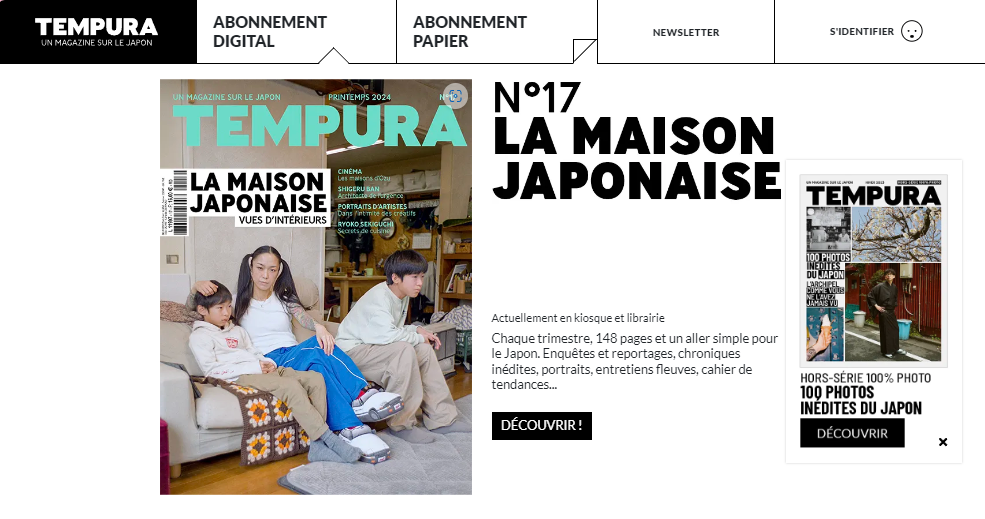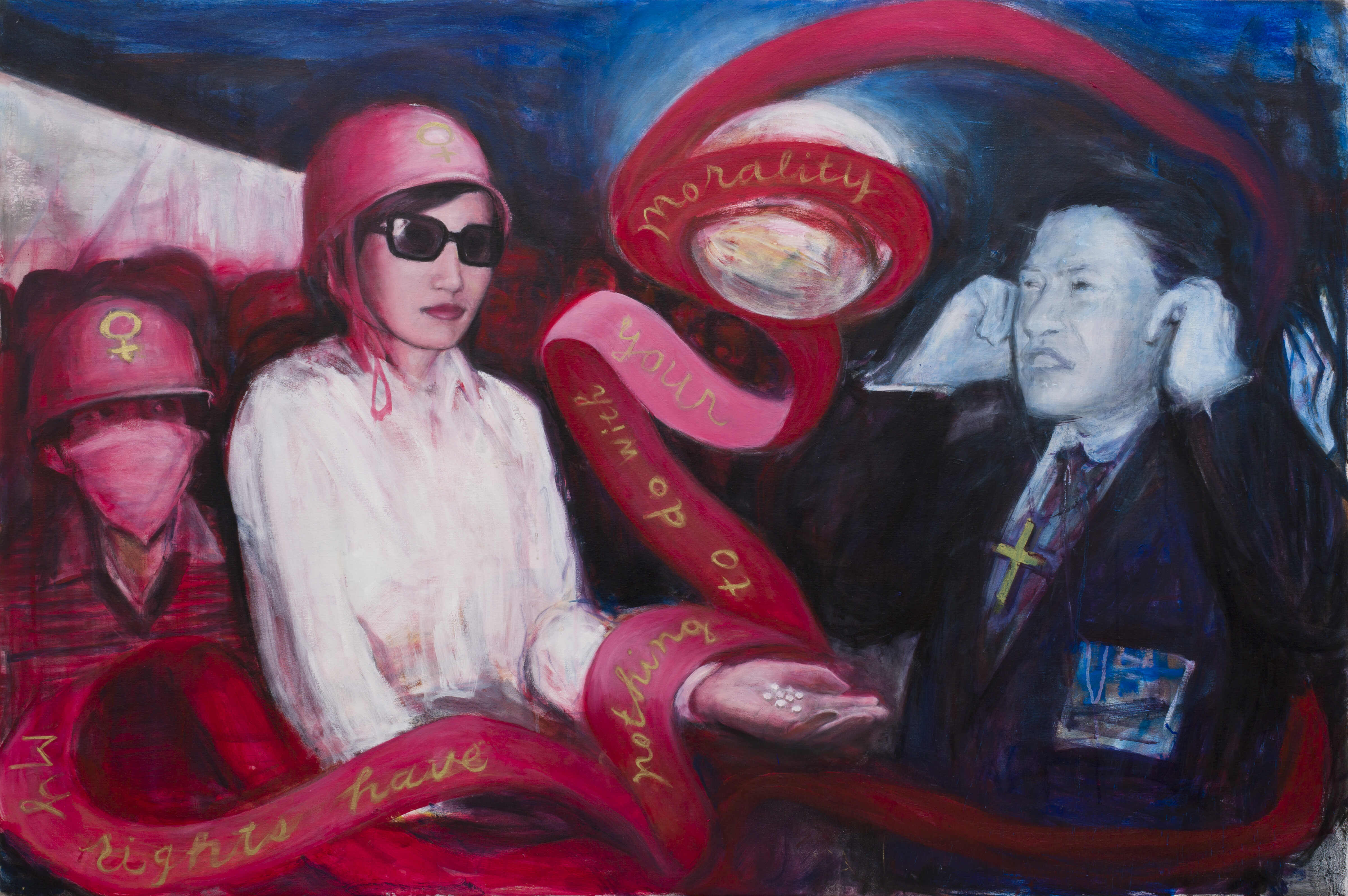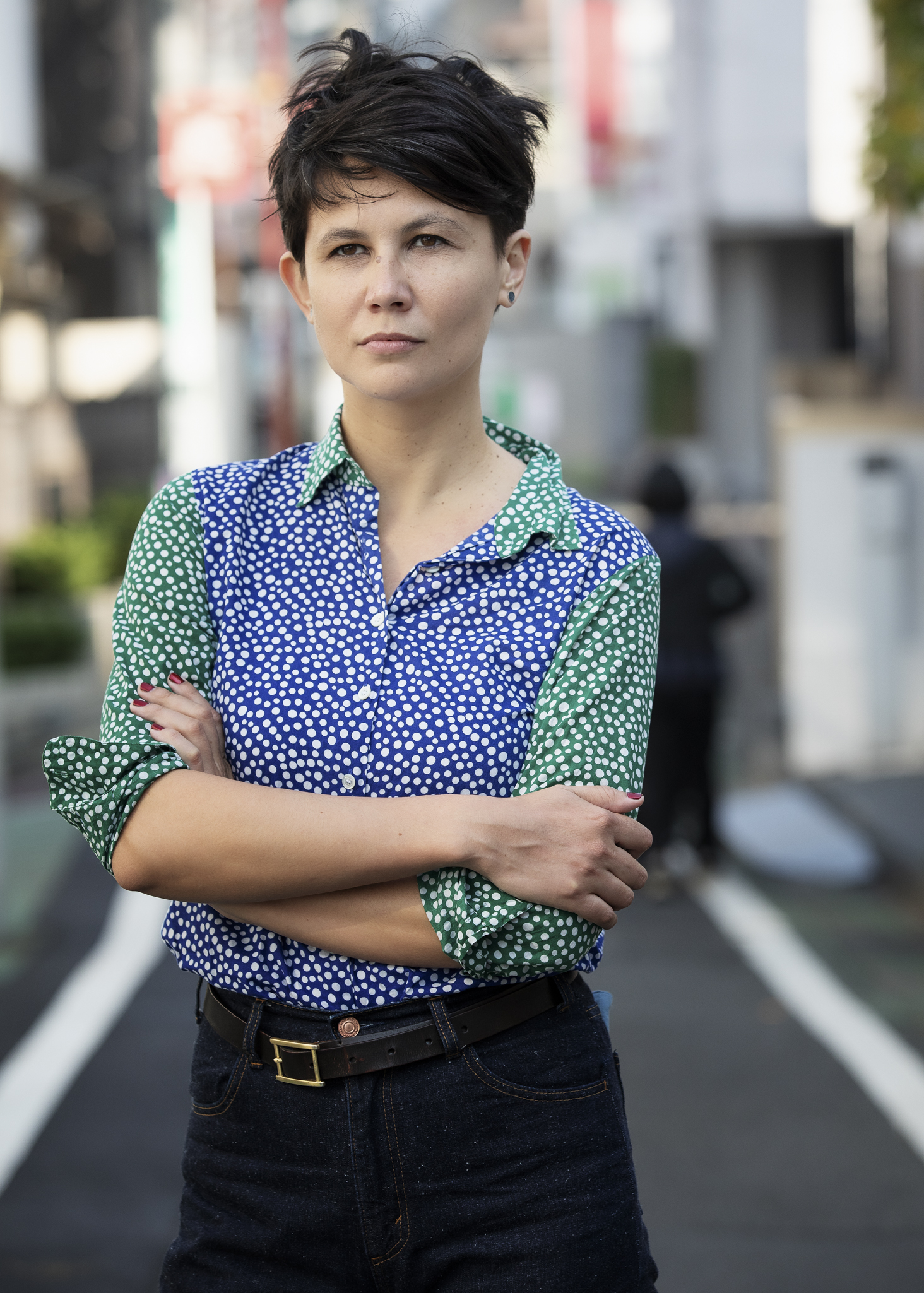Japan is a nation that captivates many with its unique archipelago, rich culture, and renowned cuisine. However, the language barrier and a lack of understanding of its societal dynamics often hinder a full grasp of its social and political intricacies. As an international media reporter, overcoming clichés and the stereotypical image that Japan projects globally is part of the job. It's crucial to guide the readership through awareness and dismantling preconceived notions about Japan. By spotlighting subculture stories, you also provide a platform for voices that are often marginalized within Japanese society.
Engaging with people informally, in their own language, is crucial. In Japan, much also hinges on your ability to "read the atmosphere" and interpret non-verbal cues effectively.
Dispelling the Myths
Western mainstream media play a significant role in perpetuating an inaccurate perception of Japan. They often unapologetically propagate sensational stories that paint Japan as bizarre (such as men marrying dolls), foster stereotypes of a homogeneous and compliant populace, sexualize women, and promote a futuristic image of a society cohabiting with robots and overworked salarymen. These narratives not only skew reality but also detract from the deeper, more complex identity of the nation.

To delve deeper into Japanese society, it might seem obvious, but mastering the language is essential. While you can certainly work with an interpreter, a significant barrier will persist without direct communication. Engaging with people informally, in their own language, is crucial. In Japan, much also hinges on your ability to "read the atmosphere" and interpret non-verbal cues effectively.
For a story to truly resonate and be authentic, it must originate from within Japan itself, not from preconceived ideas imposed upon the country. Each narrative demands time and dedication; attempting to shortcut or rush this process will likely result in closed doors, preventing genuine engagement and understanding.
Your Everyday Activities Could Be Your Lead
Your daily experiences can often provide valuable insights. When I arrived in Japan in 2009, I lived in a tiny apartment in Tokyo, as do many young people with limited financial means. The small size of my apartment meant I spent little time there except to sleep. Over time, this lifestyle prompted a re-evaluation of my concepts of personal and public spaces. For instance, public baths, known as Sento (public baths), replaced my own shower, and local snack bars became my "living room." These places began to feel like home, frequented by neighbours and regulars who gathered not just for bathing or drinking but for socializing.
Over the years, I visited more Sentos and snack bars, which revealed much about Tokyo and its diverse neighbourhoods. I then reached out to anthropologists, sociologists, and other experts who have studied these practices to deepen my understanding of these social habits and their historical context. This exploration turned out to be incredibly enlightening, offering profound insights into the lifestyle and culture of Tokyo.
Writing about Japanese society, when coming from a non-Asian country, necessitates a process of deconstruction to avoid unnecessary comparisons. In my experience, many things I had learned previously were rendered irrelevant upon my arrival in Japan. My truths have been challenged on multiple levels, including in my personal life. Since 2009, as an independent journalist based here, I've focused on social issues, margins, and subcultures within Japan. I am thankful to have collaborated with exceptional editors (primarily independent) who trust and publish my stories: TempuraMag, a French independent magazine, is one such publication. It specialises in subculture in Japan and the deconstruction of its mainstream image, which is widely spread in France — the second-largest market for manga after Japan itself.
Spotlighting your character can sometimes be counterproductive. Bringing attention to activists can pose risks for those highlighted, as activism is often viewed with disapproval in Japanese society.
Bringing the Unseen to Light, Giving the Unheard a Voice
There is a tendency to portray Japanese women in many Western media outlets, as shy, kind, and docile. Why not discuss Japanese feminism instead for instance? Feminist activism in Japan has a robust and rich history that began in the Meiji era, post-1868. Notable figures include writer and activist Hiratsuka Raicho (1886-1971), anarchist Ito Noe (1895-1923), suffragette Ichikawa Fusae (1893-1981), and Enoki Misako (1945-), who founded Chupiren in the 70s—the very first (and still the only) feminist political party to contest national elections. One feminist figure I particularly admire is artist Yoshiko Shimada.

An expert in history and the plight of war victims, Yoshiko Shimada is renowned for her poignant portrayal of the comfort women issue, having transformed her own body into a statue in protests in front of Parliament and the controversial Yasukuni Shinto shrine, which is known for housing the remains of war criminals. Since 2005, her politically charged artwork has been excluded from Japanese museums. However, Shimada has managed to exhibit in Japan, thanks to the support of a small gallery, Ota fines, located in Roppongi, Tokyo, which has backed her since she began her career as an artist in the 1990s.
Writing about such characters is both a form of protest and a call to make their work more widely known. Yet, spotlighting your character can sometimes be counterproductive. Bringing attention to activists can pose risks for those highlighted, as activism is often viewed with disapproval in Japanese society. Those involved in activism may face difficulties, such as in securing employment. The goal of interviewing them is to provide them with a platform to speak out, without inadvertently contributing to their challenges. When making interview requests, it is crucial not to rush—take the time to provide detailed explanations about who you are, the nature of your project, and the media outlet you represent. An email that is too brief is likely to go unanswered. Additionally, ensure you have permission before publishing any photos of artists' performances or protests, especially those where individuals are identifiable, whether at public events, during outdoor activities, or even at press briefings.
Challenging Your Editors
Portraying Japan in its crudest reality might not align with what your readership or even your media outlet expects. Last year, I faced significant pushback from a French magazine that had commissioned me to write about women's rights and feminism. They approached the topic with a preconceived notion of what it should look like in Japan and wanted to alter my entire piece to fit what they believed their readers expected. As foreign correspondents, it is our duty to refuse when edits compromise the integrity of our work: we must honour the respect and trust that interviewees place in us. In a country where voicing one's opinions and rights can be so challenging, I deeply admire those who dare to do so. Altering content to fit preconceived reader expectations is a disservice to their stories.

In conclusion, working on subculture stories in Japan presents no significant difficulties if you are willing to let the story lead you and to follow its pace without imposing your own. Patience, commitment, genuine interest, and empathy are essential. Even after 10 years of working in Japan, I allow myself to be challenged and keep a skeptical mind to be ready to be profoundly moved by every story I cover. To quote photojournalist Kazuo Kitai, whom I met recently, a good photo, like a good article, can only be achieved by engaging deeply with the pain of those you work with—and this also means risking experiencing that same pain yourself.
A Few More Practical Tips to Cover Japanese Sub-Culture
- In Japan, especially in television, it is quite common to pay a fee as compensation for the time spent during the interview if the interviewee is an expert or a famous scholar. This is not a steadfast rule, but it is something that might occur.
- Many Japanese media adhere to a "check system," which means interviewees might request to see the content before publication. This is usually not mandatory, but it is a possibility. It is up to you to decide whether to comply with such requests. Depending on the story, I could agree to this request: if the context is complex or if I need the person to be informed about the quotes I selected during the interview. In such a case, I would share the relevant part (not the entire story) before publication and discuss any necessary changes afterwards. This process is typically straightforward, and I have never encountered any significant issues.
- Do not waste your time trying to enter the so-called Kisha Club; it is exclusive to major Japanese media and do not accept freelancers or foreign correspondents. However, you can still produce excellent work without joining them.
Author Johann Fleuri
Japan-based freelance journalist and correspondent for French media Médiapart, Ouest-France newspaper, and TempuraMag. Covers news with a focus on civil society, human rights, activism, feminism, left-wing politics, environmental issues, and subculture.
Author of two books on Tokyo; « Portraits de Tokyo » (Hikari), « Tokyo petit atlas hédoniste » (Éditions du Chêne)







































